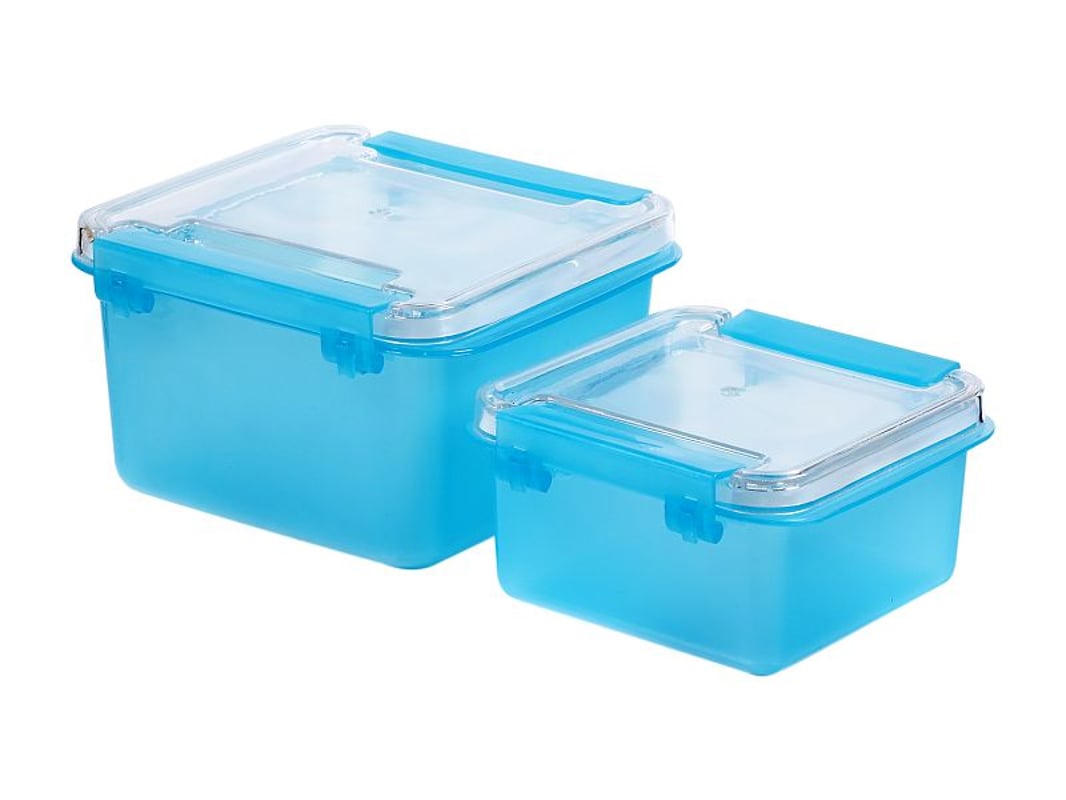In Animal Study, Tiny Ingested Plastic Particles Infiltrated Brain

MONDAY, April 24, 2023 (HealthDay News) -- Researchers studying how tiny plastic particles can breach the protective blood-brain barrier report they have found that answer, thanks to mice and computer modeling.
"With the help of computer models, we discovered that a certain surface structure [biomolecular
corona] was crucial in enabling plastic particles to pass into the brain," said study co-author Oldamur Hollóczki, of the Department of Physical Chemistry at the University of Debrecen in Hungary.
The blood-brain barrier prevents pathogens or toxins from reaching the brain. It’s similar to what happens in the intestine, which also has a protective wall that can be breached by tiny plastic particles. Scientists are studying how these plastics, known as MNPs, can affect human health.
MNPs in the gastrointestinal tract have been linked with local inflammatory and immune reactions, as well as the development of cancer.
"In the brain, plastic particles could increase the risk of inflammation, neurological disorders or even neurodegenerative diseases such as Alzheimer's or Parkinson's," said study leader Dr. Lukas Kenner of the Department of Pathology at the Medical University of Vienna in Austria. He spoke in a news release from his university.
More research is needed, Kenner said.
Researchers studied this in mice using oral administration of polystyrene, a plastic often found in food packaging. The tiny plastics could be detected in the mouse brains just two hours later.
Nanoplastics are smaller than 0.001 millimeters. At 0.001 to 5 millimeters, some are still visible to the naked eye.
They enter the food chain through solid foods and liquids. One study found that anyone who drinks around 50 to 60 ounces of water per day from plastic bottles will ingest around 90,000 plastic particles a year.
Depending on location, drinking tap water can reduce this to 40,000 particles.
"To minimize the potential harm of micro- and nanoplastic particles to humans and the environment, it is crucial to limit exposure and restrict their use while further research is carried out into the effects of MNPs," Kenner said.
However, research on animals may not have the same results in humans.
The authors said this discovery about how plastics breach the blood-brain barrier has the potential to advance research in this area.
Their findings were recently published in the journal Nanomaterials.
More information
The U.S. National Oceanic and Atmospheric Administration has more on microplastics and their impact on the environment.
SOURCE: Medical University of Vienna, news release, April 21, 2023
Related Posts
FDA Approves Drug Combo for Metastatic Non-Small Cell Lung Cancer
TUESDAY, Nov. 15, 2022 (HealthDay News) -- The U.S. Food and Drug Administration...
Many Doctors Unaware of Benefits of E-Cigarettes for Quitting Smoking
MONDAY, April 18, 2022 (HealthDay News) -- Many physicians incorrectly believe...
Vinculan la marihuana medicinal para el dolor con un ligero aumento en un problema cardiaco
MARTES, 23 de agosto de 2022 (HealthDay News) -- Las personas que usan marihuana...
Petting a Dog Does Your Brain Some Good
THURSDAY, Oct. 6, 2022 (HealthDay News) -- If you have dogs, you probably...
